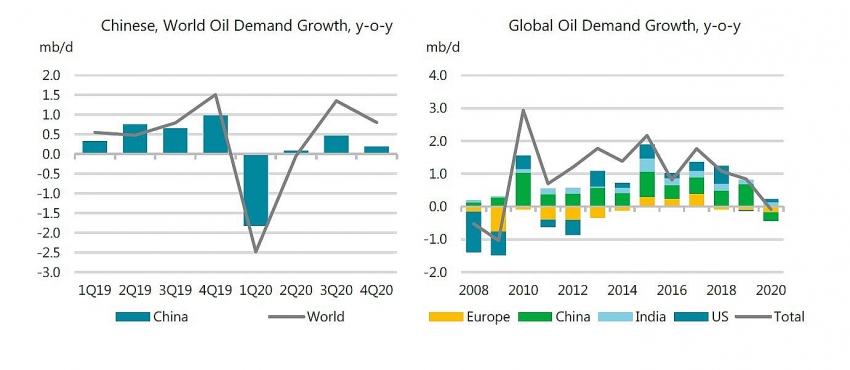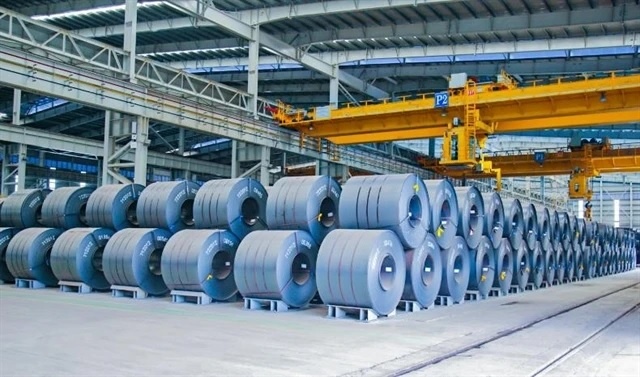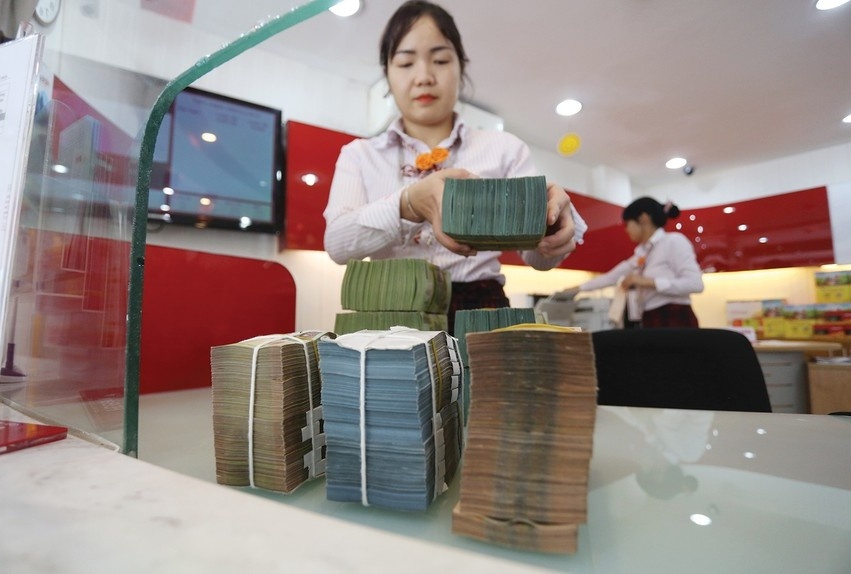Coronavirus to take global oil demand down a peg
 |
| The IEA forecasts global oil demand to decline because of the coronavirus outbreak. Source IEA |
This is the main content of the latest oil market forecast released by the International Energy Agency (IEA). Global oil demand has been hit hard by the novel coronavirus (COVID-19) and the widespread shutdown of China’s economy.
The IEA now sees global oil demand at 99.9 million barrels a day in 2020, down around 90,000 barrels from 2019. This is a sharp downgrade from the IEA’s forecast in February, which predicted that global oil demand would grow by 825,000 barrels a day in 2020.
The short-term outlook for the oil market will ultimately depend on how quickly governments move to contain the coronavirus outbreak, how successful their efforts are, and what lingering impacts the global health crisis has on economic activity.
To account for the extreme uncertainty facing energy markets, the IEA has developed two other scenarios for how global oil demand could evolve this year. In the more pessimistic case, global measures fail to contain the virus and global demand falls by 730,000 barrels a day in 2020. In the more optimistic case, the virus is contained quickly around the world and global demand grows by 480,000 barrels a day.
The impact of the coronavirus on oil markets may be temporary but the longer-term challenges facing the world’s suppliers are not going to go away, especially those heavily dependent on oil and gas revenues, according to the IEA.
The medium-term market report also considers the impact of clean energy transitions on oil market trends. Demand growth for gasoline and diesel between 2019 and 2025 is forecast to weaken as countries around the world implement policies to improve efficiency and cut CO2 emissions – and as electric vehicles increase in popularity. The impact of the energy transition on oil supply remains unclear, with many companies prioritising short-cycle projects for the coming year.
For Vietnam, falling world prices and demand would slash the budget, but it could potentially boost consumer spending and help businesses trim costs, which may in turn stimulate local consumption and production.
More generally, Vietnamese officials have emphasised that the country is now much less reliant on oil exports for revenue than it was before, with the current less than 10 per cent a far cry from the previous 20-25 per cent rate.
What the stars mean:
★ Poor ★ ★ Promising ★★★ Good ★★★★ Very good ★★★★★ Exceptional
Related Contents
Latest News
More News
- Rice exports set to break records (November 21, 2024 | 17:53)
- German Quickpack to invest $31.7 million in Long An province (November 20, 2024 | 09:31)
- Reporting still to fully reach global norms (November 18, 2024 | 17:06)
- Trump’s second term impacts sci-tech activities and industry 4.0 technologies (November 18, 2024 | 10:00)
- VLCA 2024 honours corporate governance excellence as listed companies raise the bar (November 18, 2024 | 09:00)
- Trump's trade policies could shape Vietnam's economic outlook: Dragon Capital (November 15, 2024 | 16:56)
- Prioritising corporate governance for Vietnam’s sustainable growth (November 14, 2024 | 16:50)
- Vietnam eyes nuclear revival to bolster energy security (November 14, 2024 | 16:46)
- German businesses explore investments in Dong Nai (November 08, 2024 | 18:02)
- Vietnamese consumer sentiment outperforms regional averages (November 08, 2024 | 18:00)




 Tag:
Tag:





















 Mobile Version
Mobile Version